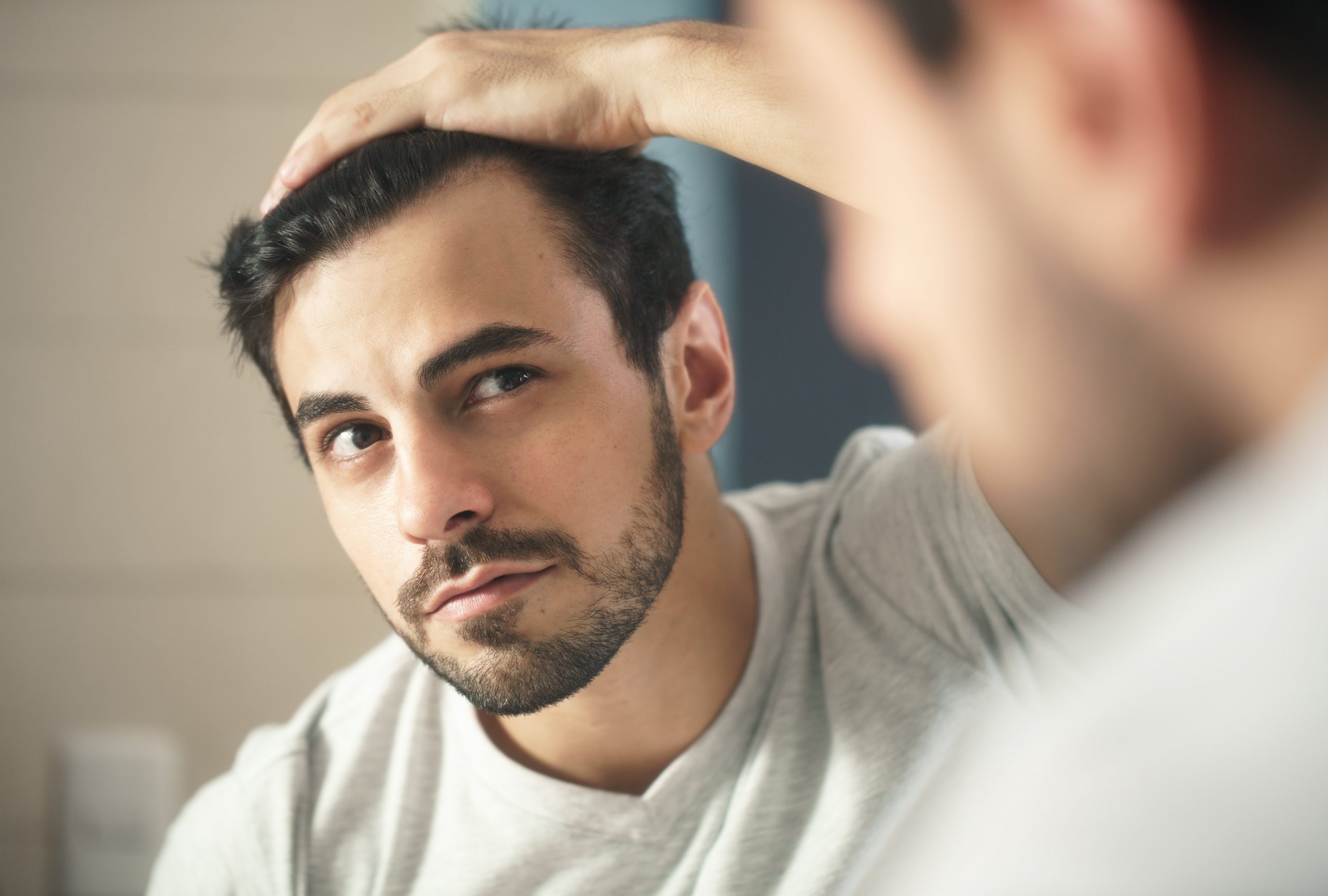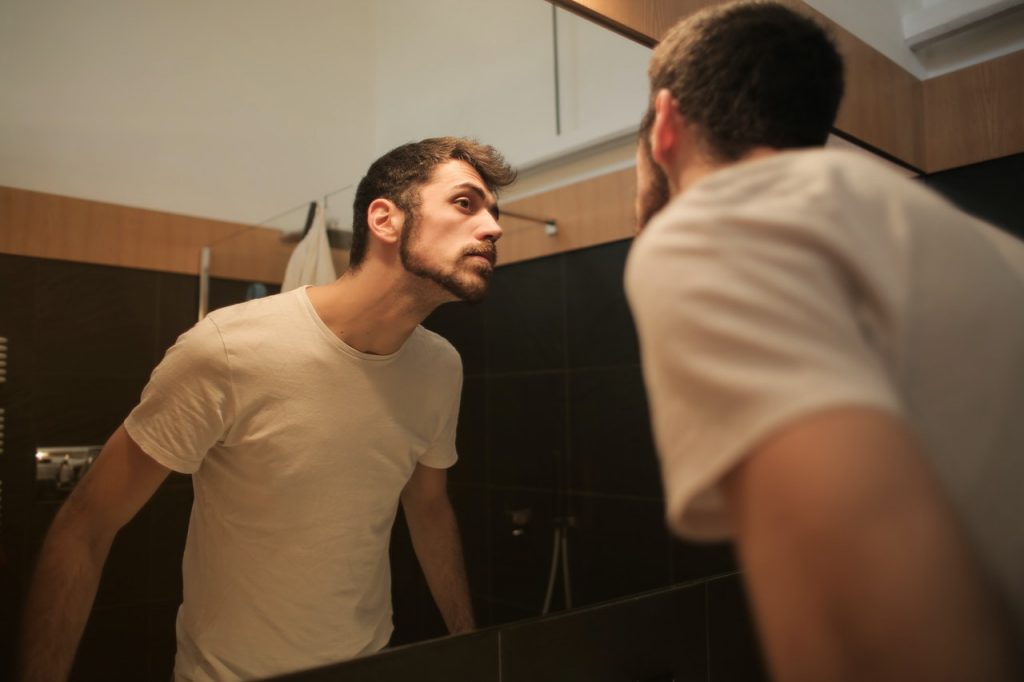
Why do men go bald? This troublesome problem for many men occurs at different ages and with different intensity
Sometimes, hair is lost with advancing age, other times it is genetic predisposition, but also stress and diseases. What are the most effective ways to deal with hair loss? Here are some basic facts on the subject.
Before addressing the causes, it is worthwhile to look at the balding process itself. After all, for many men it’s not so much a health problem as a psychological one, a disruption of their sense of vitality and lack of self-acceptance.
It begins with the fact that the formation of curves. These take the form of small gaps on the front of the head which grow larger with time. The herald of balding is the so-called “high forehead”, a shift in the hairline. In the absence of appropriate countermeasures, hair loss on the crown of the head can progress to hair loss on almost the entire head. Usually, the hair on the back of the head and the temples is the most resistant to this process
Unfortunately, the problem is quite complex and several types of factors affect its appearance. Sometimes they are interrelated. However, the main culprit of male head hair problems is considered to be androgenetic alopecia for a reason.

Otherwise known simply as “male pattern baldness”. It primarily affects the front and top of the head and is by far the most common cause of hair loss on the head for men. It occurs because the male hormone dihydrotestosterone (DHT) also has a toxic effect on hair follicles. In its severe form, this type of baldness can start as early as 16-18 years of age. However, it most commonly takes place around the age of 40.
Androgenetic alopecia can be accompanied by seborrhea and the formation of greasy dandruff with a yellowish color. At the same time, these issues enhance the rate of hair loss because they weaken the hair very severely. Androgenetic alopecia is severe when a person’s hair follicles are particularly susceptible to the effects of the aforementioned hormone. What we are dealing with here is the genetic background, i.e. possession of the so-called “baldness gene”. Approximately ⅔ of baldness cases are hereditary (“familial baldness”)
The problem with the treatment of hair loss is that the therapy is often started too late. The best results are obtained in people whose thinning hair is less than 10 cm in diameter. Then preparations improving blood circulation are used such as Loxon, Piloxidil, Decros. They should be used regularly, twice a day.
For the first results you will have to wait even two months. Much better results with this type of preparations for hair growth are given after 12 months of use. An alternative is the expensive treatment with finasteride.
However, the treatment of androgenetic alopecia can also be a breeding ground for less than honest producers of cosmetics, which are supposed to perfectly cope with this problematic condition. In fact, many of them have not been properly tested and it is difficult to judge their effectiveness.
Are there other ways to deal with male pattern baldness besides hair growth products? Hair transplantation or scalp micropigmentation may also be an option.
The method consists in transplanting small patches of skin with well-developed hair follicles in place of baldness. Also in this case, you will have to wait at least six months for results.
This method of dealing with alopecia is basically a type of tattoo. It is done in places which are deprived of hair. The effect of the procedure is the impression of a freshly shaved head.
Photo: Diego Cervo/Adobe Stock